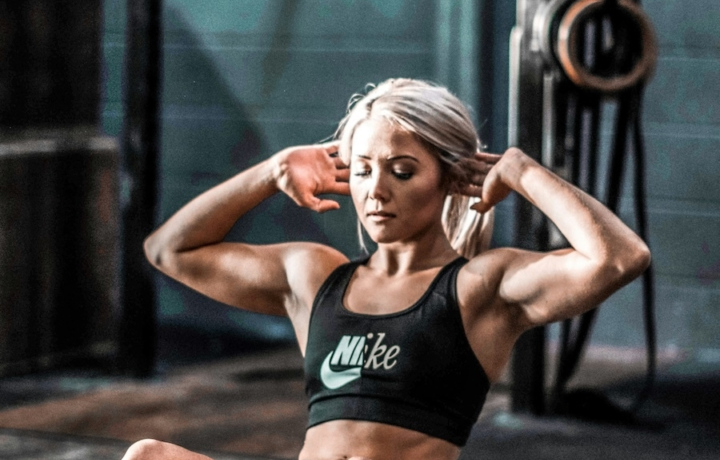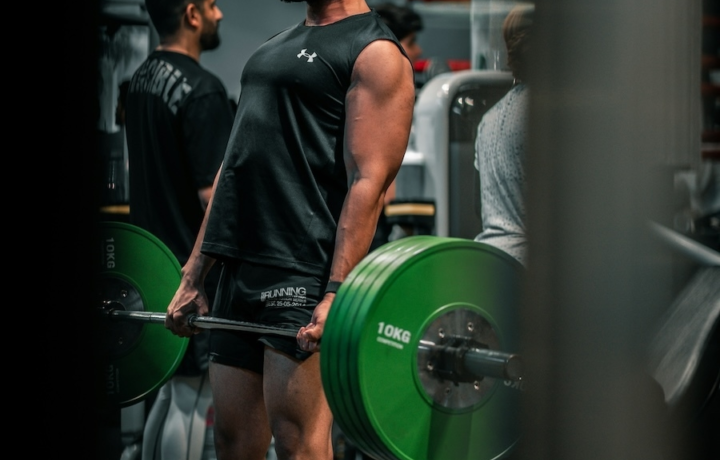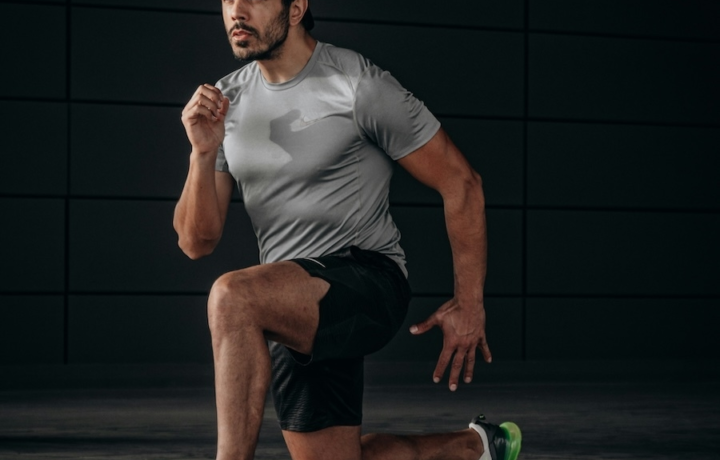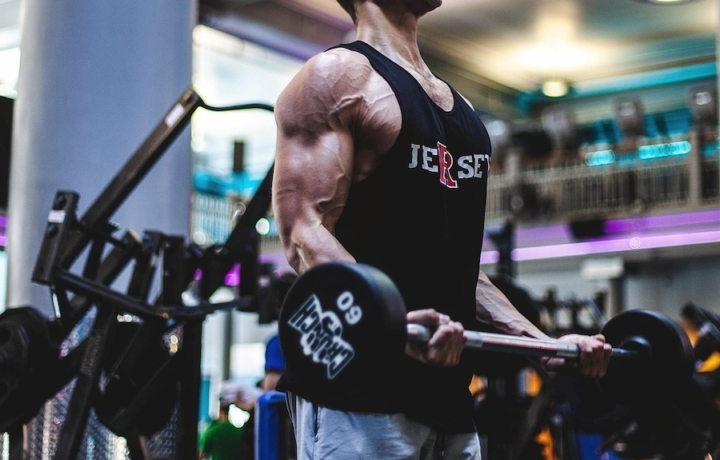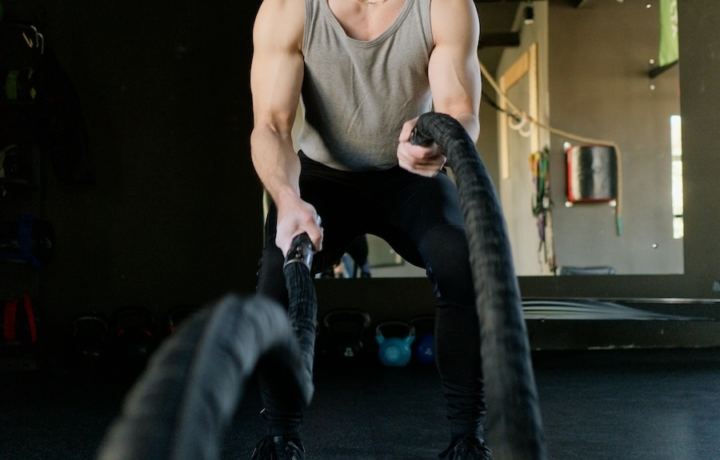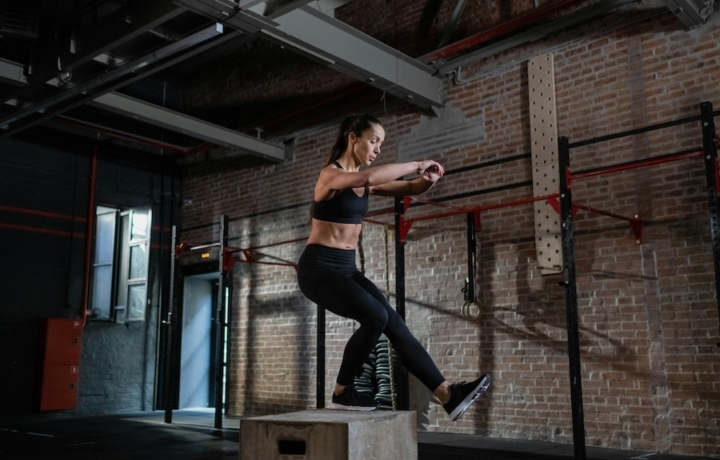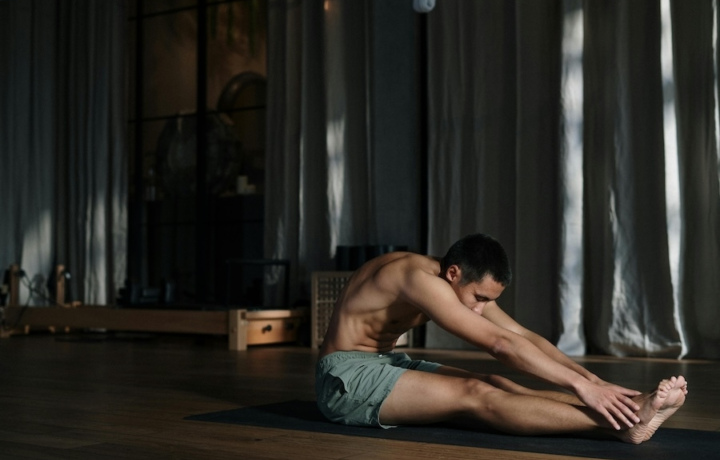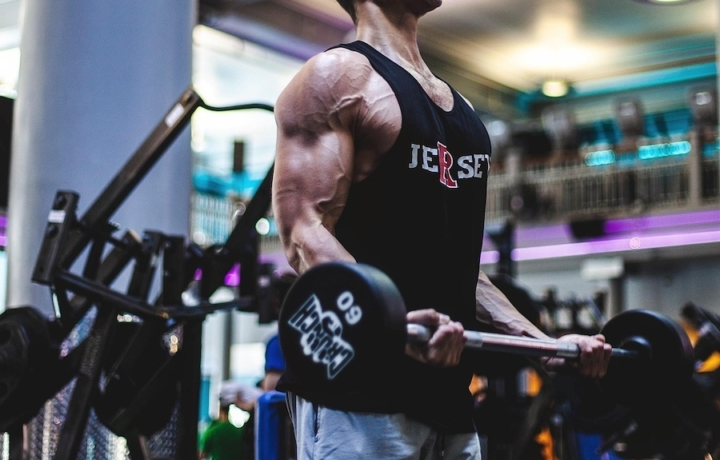Train your abs and lower back for real-world strength
Best Core workouts
Core workouts focus on strengthening the muscles that support your spine and stabilize your entire body: your abs, obliques, and lower back. In these workouts, you'll combine bodyweight staples like crunches and planks with resistance-based movements to build both control and power. Whether you're chasing a stronger squat, better posture, or visible definition, core training plays a key role. The goal isn’t just six-pack abs, but a functional, injury-resistant midsection that supports everything you do inside and outside the gym.
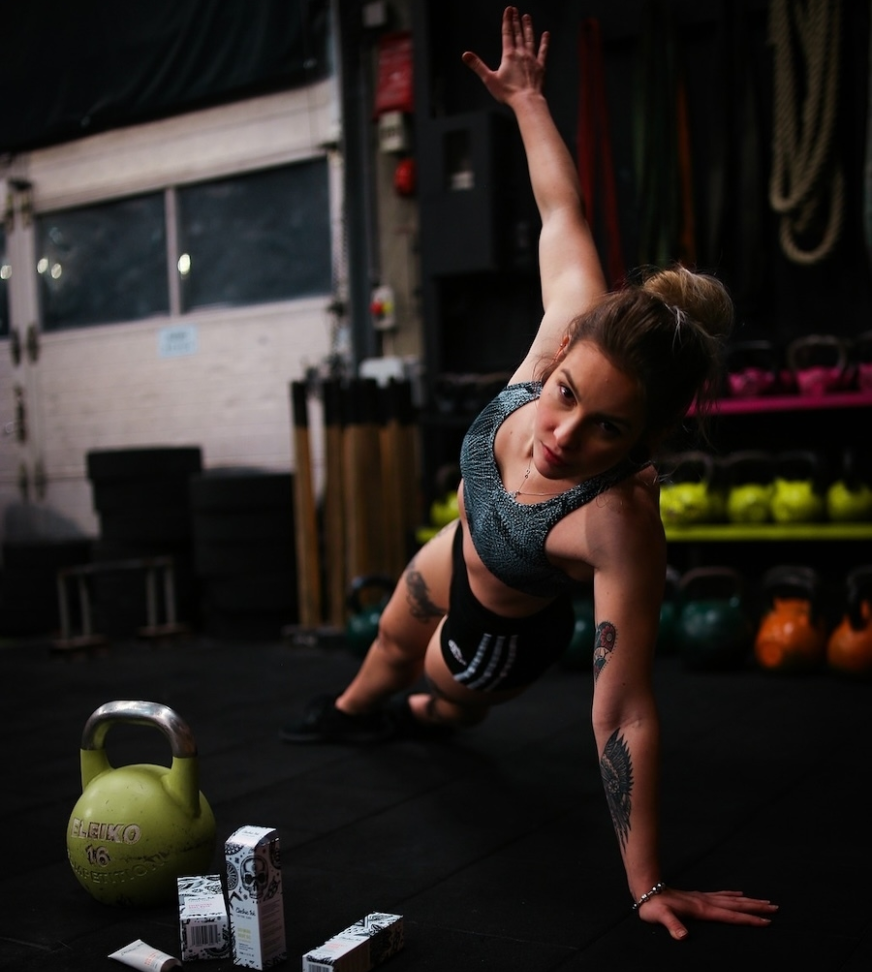
Support better posture, stability and overall strength
The benefits of core workouts
A strong core improves nearly every aspect of movement: from lifting and running to simply standing upright. Regular core training helps reduce lower back pain, boosts athletic performance, and builds the foundation for compound lifts. These workouts enhance coordination, balance, and control, especially during dynamic movements. Whether you're training for aesthetics, injury prevention, or total-body strength, working your core pays off in every direction.
Workout 1 Core (Strength Foundation)
This workout builds a strong base for your core. You’ll hit your abs from all angles with controlled moves like dead bugs, crunches, and leg raises, plus planks to train stability. It’s not about speed: it’s about keeping tension and moving with control. Perfect if you’re starting out, want to protect your lower back, or need a solid foundation before tackling more advanced ab circuits.
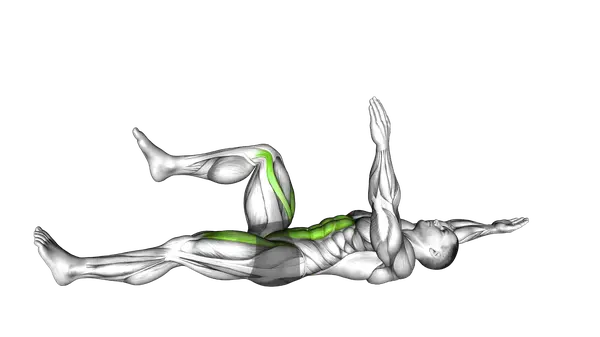
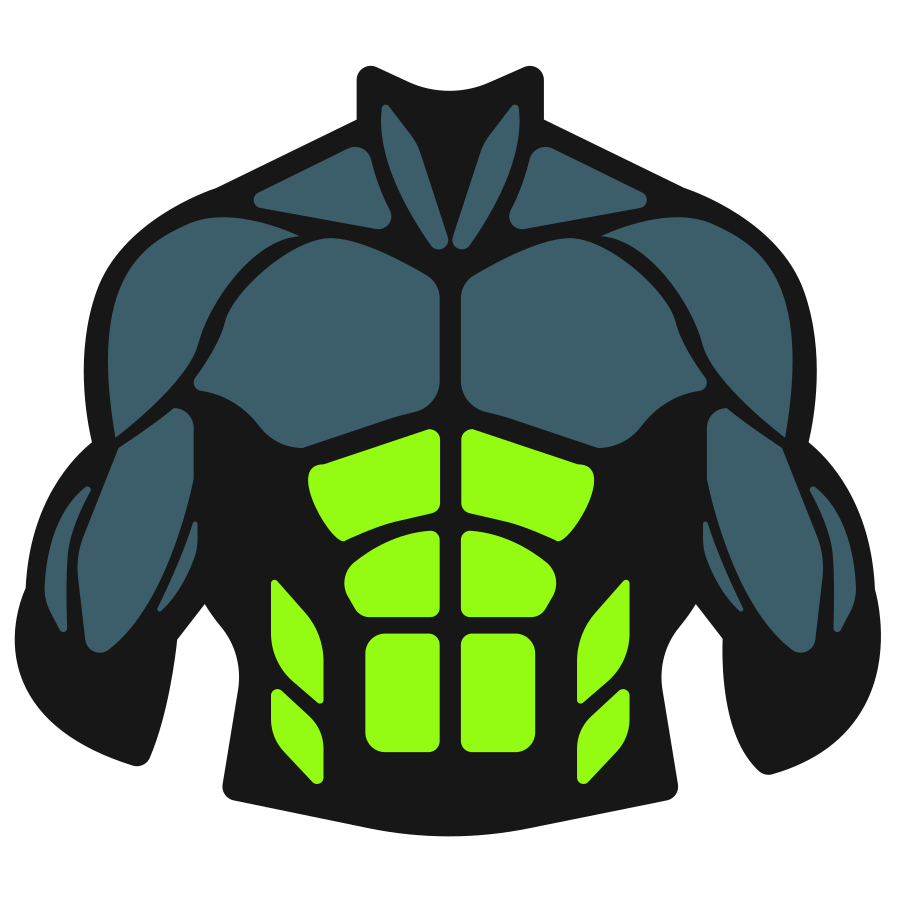
Dead Bug
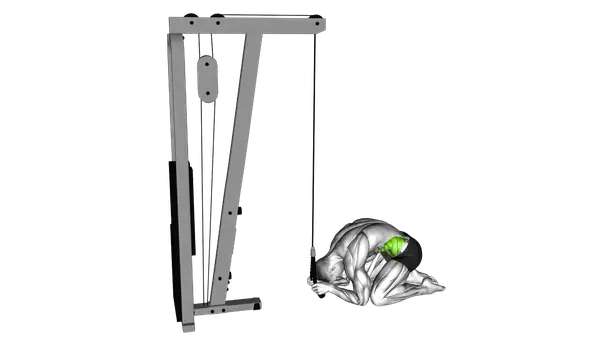

Cable Kneeling Crunch
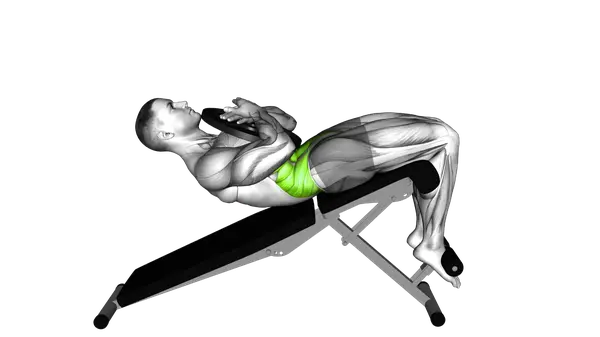

Weighted Decline Crunch
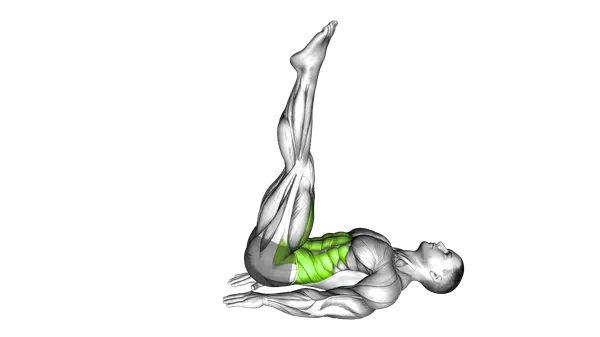

Lying Leg Raise
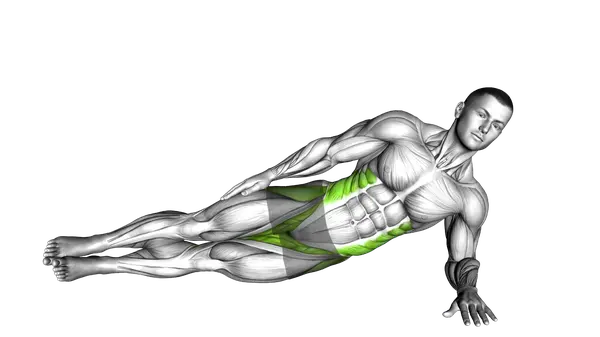

Side Plank
Built for progress
Take the guesswork out of training
Create personalized AI-powered workout plans that evolve with you. Train smarter, track every rep and keep moving forward, one workout at a time.





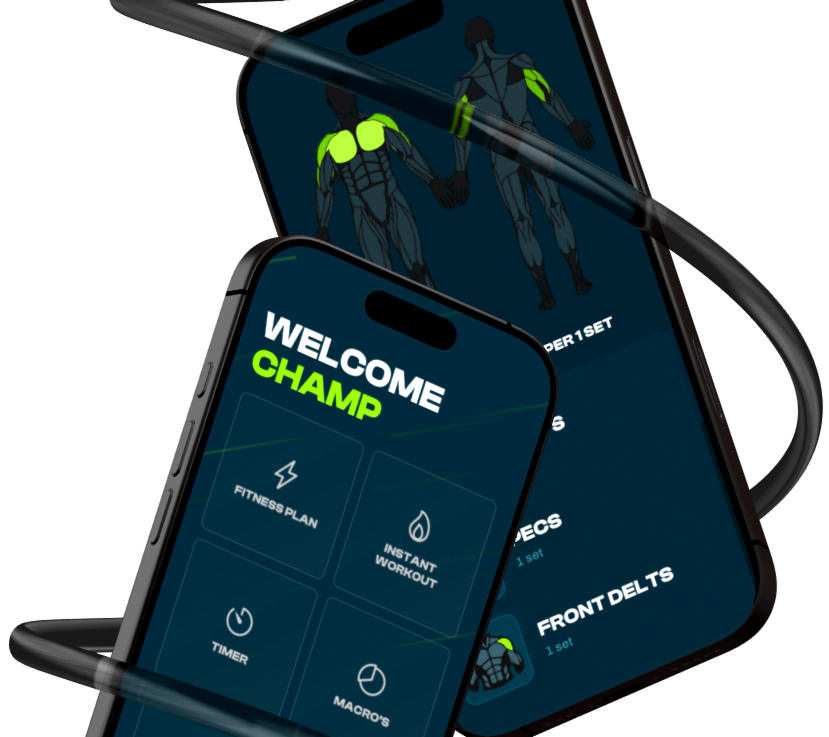
Workout 2 Core (Functional flow)
This session blends strength and control with more dynamic movements. You’ll mix stability drills like bird dogs and shoulder taps with tougher exercises such as rollouts and Russian twists. It’s perfect if you want core strength that actually carries over into everyday movement and sports: more balance, better rotation, and stronger abs. A great step up if you’ve already built a base and want your core to work as one solid unit.
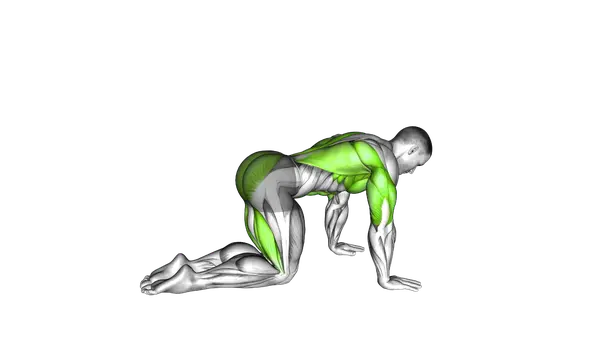
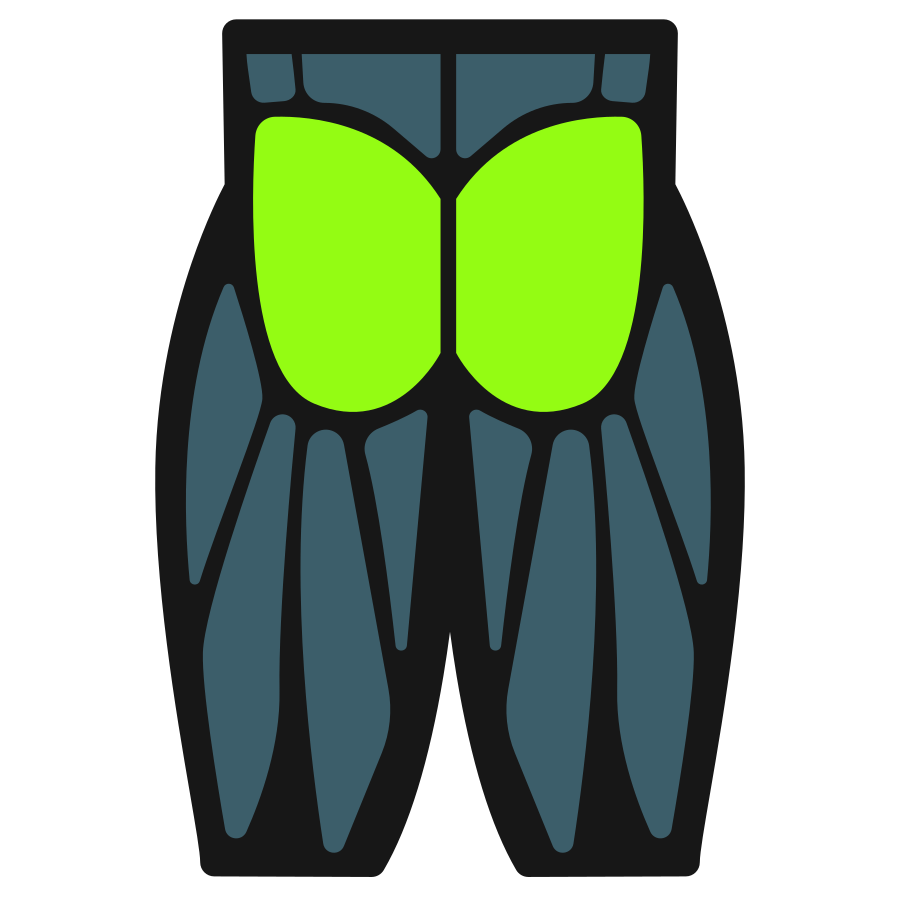
Bird Dog
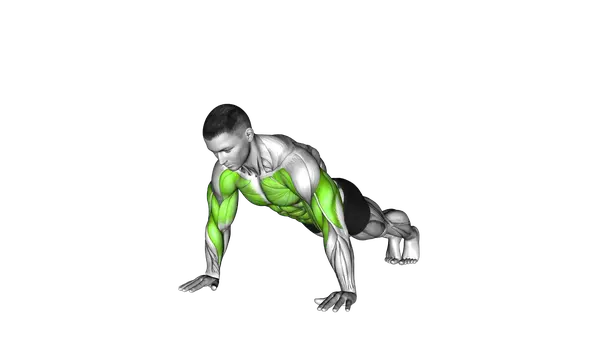
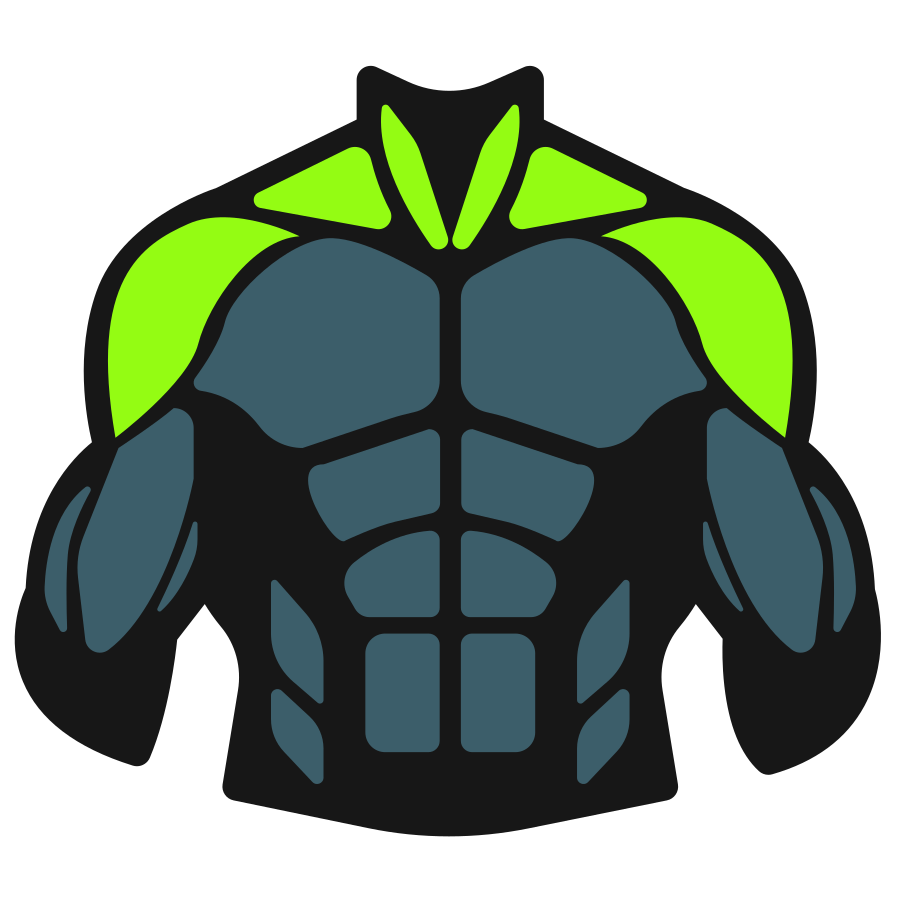
Shoulder Tap
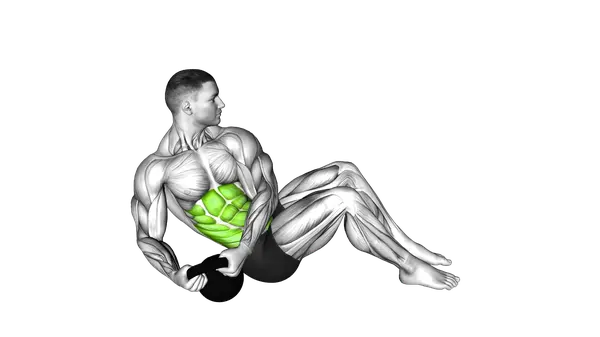

Kettlebell Russian Twist
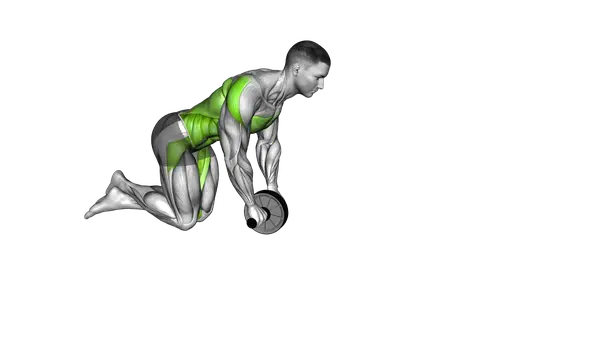

Wheel Rollout
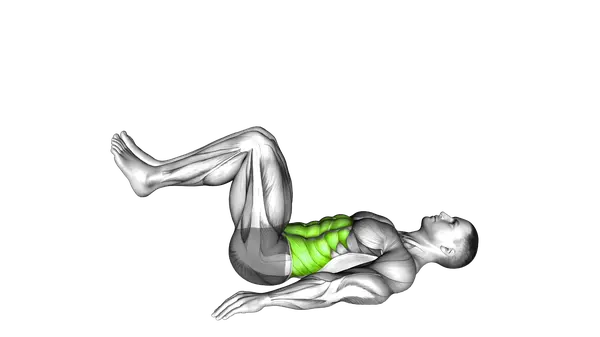

Reverse Crunch


Side Plank
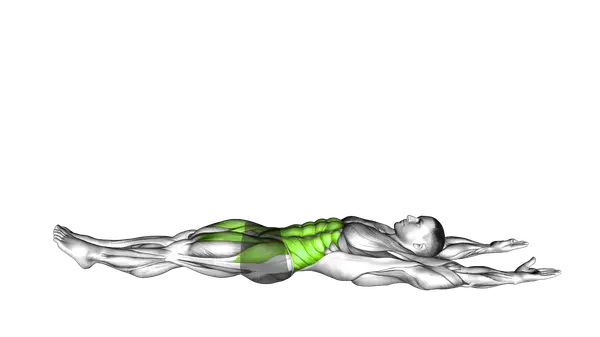

Hollow Hold
Workout 3 Core (Endurance & burn)
This workout is all about pushing your abs to keep working under fatigue. You’ll hold tough positions like hollow holds and side planks, then fire up your core with mountain climbers, flutter kicks, and dynamic planks. It’s a burn session that builds grit as much as strength. Perfect if you want that tight, toned core and the stamina to hold form during longer workouts, sports, or high-intensity training.


Hollow Hold
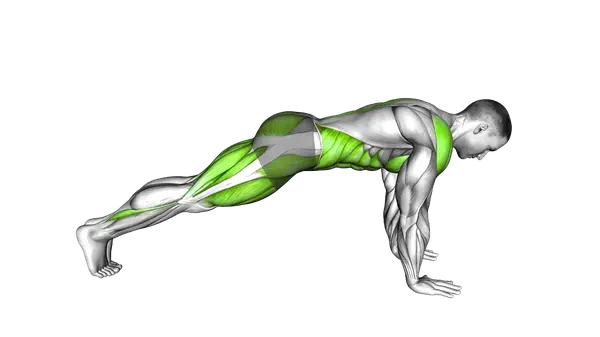

Mountain Climber
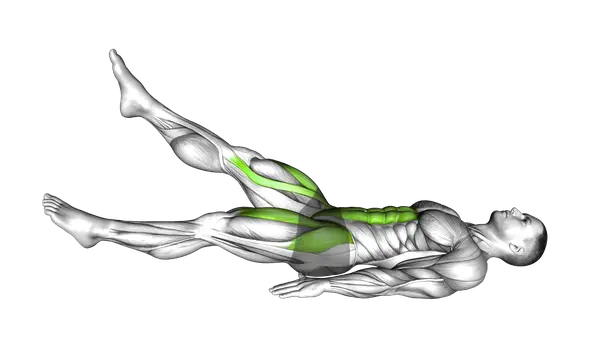

Flutter Kicks


Side Plank
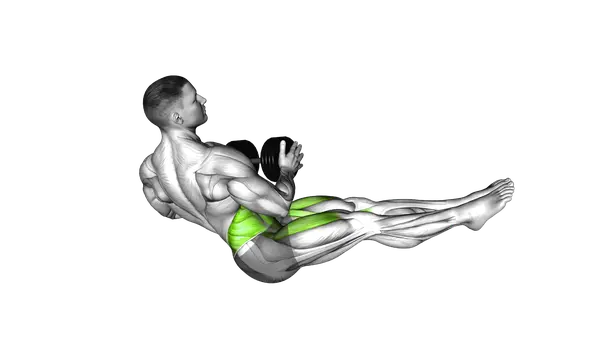

Dumbbell Russian Twist
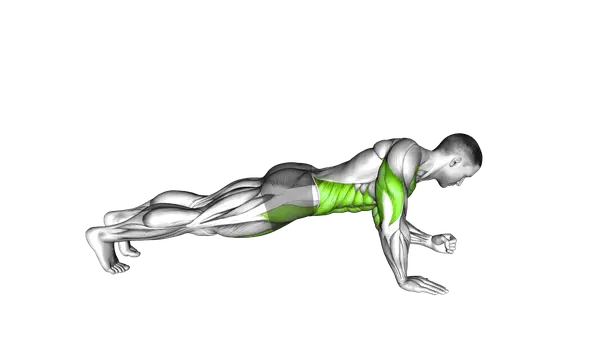

Elbow Up And Down Dynamic Plank
Frequently asked questions: best core workouts
Core training improves posture, balance, and stability while helping protect your spine and reducing the risk of injury in other activities.
No equipment is necessary—many effective core movements use just body weight. However, adding tools like cables, exercise balls, or dumbbells can increase resistance and variety.
A focused core session typically takes 15–30 minutes, depending on your fitness level and the number of exercises included.
It’s generally best to train your core after your main lifts to avoid fatigue that could impact your form during compound exercises.
Most people benefit from 2–3 dedicated core workouts per week, with rest days in between to allow for recovery.
Add more rotation, flexion and bracing work
Related core workouts
Weekly formats to build a rock-solid core
